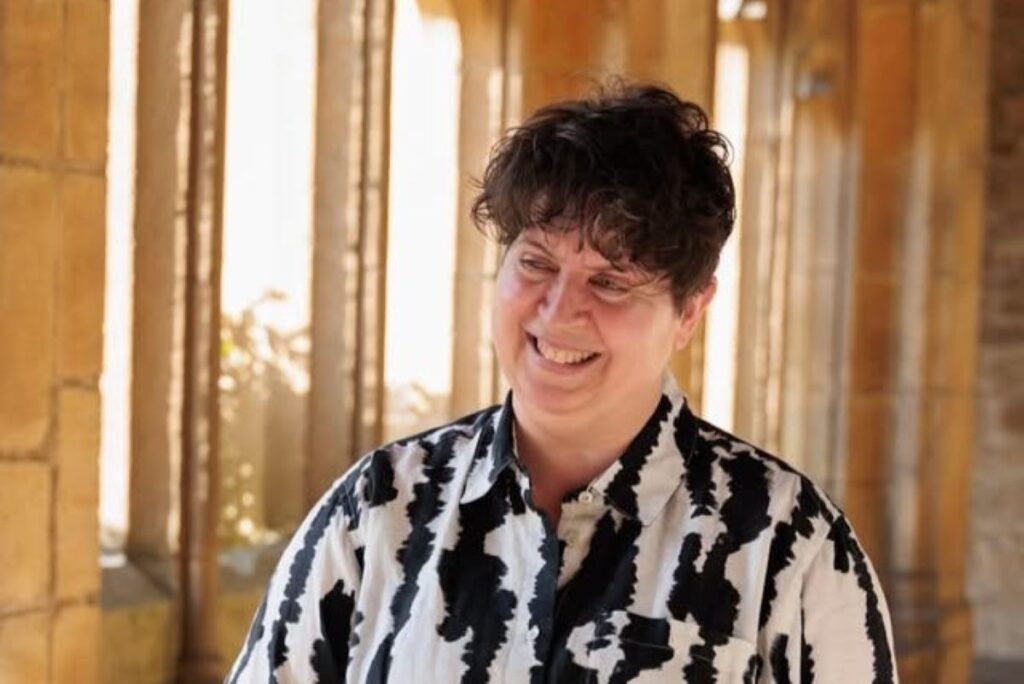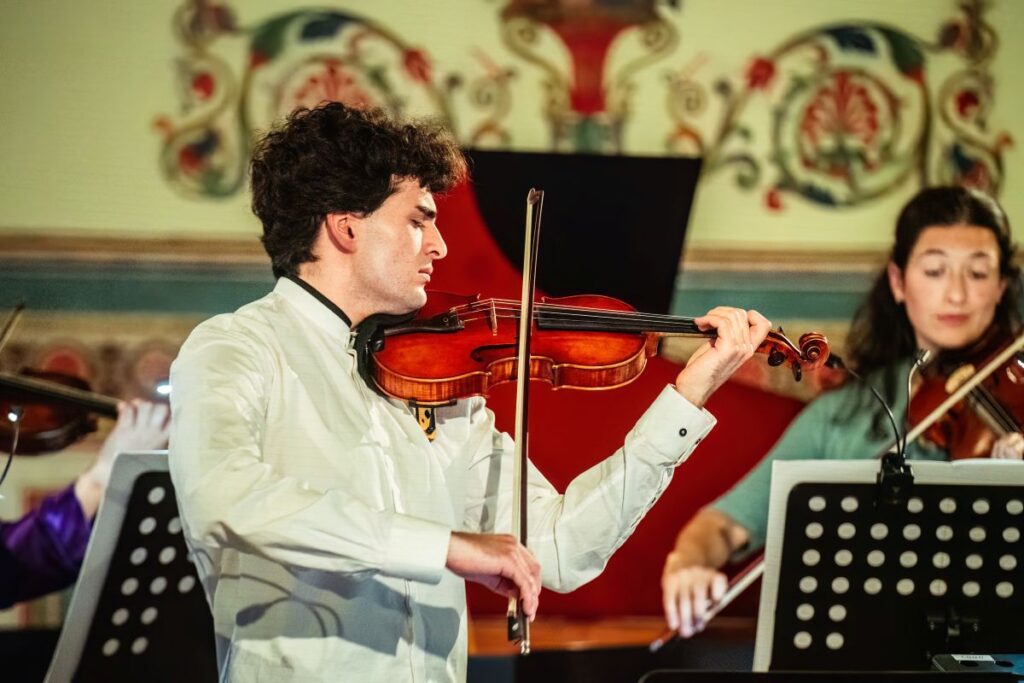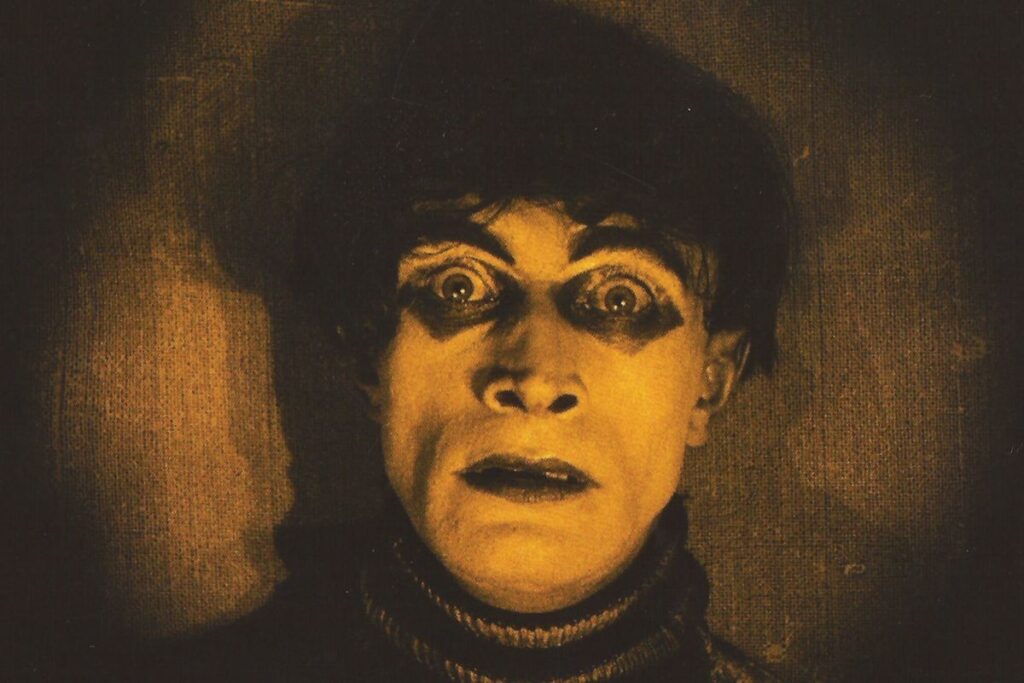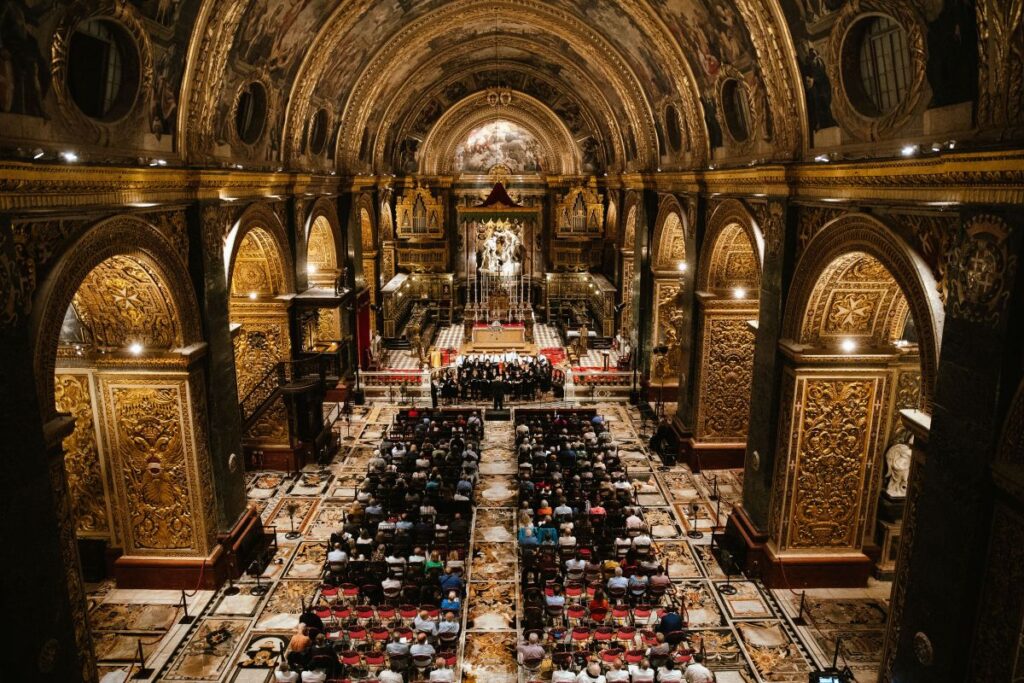Esther Lafferty talks to Michelle Castelletti, artistic director of The Three Palaces Festival which runs from October 27 to November 2, at which audiences experience intimate performances in the grandeur Malta’s finest palaces. This year’s theme is ‘Conversations’.

“Malta’s architectural heritage is central to the festival’s concept,” Castelletti explains. “There is continuous dialogue between the historic venues and the contemporary performances staged within them – be that via complementation, juxtaposition, or contrast and that’s what inspired the theme for this year’s autumn edition of The Three Palaces festival. I wanted to dig deeper and delve into the idea of conversation/s and interconnectedness… Throughout this extraordinary week of artistic conversation, each space has its own tale to tell.”
Castelletti’s curation ethos is strongly interdisciplinary and this festival programme is no different, having been built on “conversations between artforms; discussions through counterpoint; dialogue between musicians; a tête-à-tête between movement and sound; discourse between architecture and style, stone and dance, history and today; exchanges between artists and public over a glass of wine; an interweaving of the senses – from scent to sound.
“Painting becomes performance art, where sound and colours, music and imagery are brought to life on stage before an audience; octophonic parley takes place in a black box where the audience is enwrapped by the sound of forty voices, bells, polyphony, chant, boys’ voices; four hands become one on the piano…”

The festival opens on Monday, October 27 at the late c-16th church of Santa María Maddalena in Valletta, with a haunting cinematic experience. The church was built for Franciscan nuns, following the Order of St Clare, and the monastery was the only female Hospitaller monastery for penitent prostitutes in the Order’s history. Here The Cabinet of Dr Caligari (1920), silent cinema’s original spine-tingling horror film directed by Robert Wiene, will be brought to life through live improvisation by guitarist and composer Glen Montanaro. Inspired by this delusional narrative, he draws on the experimental whilst echoing the influences of early German expressionism.

On October 28, madness is interwoven once again, in Melomania: melos = music | mania = madness which is neither a dance performance nor a concert: it is a ‘danced concert’, a 55-minute duet, created by renowned baroque violinist Bojan Čičić and dancer-choreographer Stéphanie Brochard. With Bach as the guiding thread, the artists’ ‘journey’ spans from the 18th to the 21st century weaving together Baroque dance and contemporary movement. Their dialogue unfolds without words, through bow strokes and gestures, humour and sensitivity as they echo, tease, and provoke one another playful conversation.
“Everything is linked – albeit sometimes subliminally,” Michelle smiles. “ Exquisite arabesque cycles and grotesque painting in the Gran Salon at the Museum of Archaeology conjured up the idea of dance and movement in my head. Restoration works revealing various layers of decorations from different times in the history allowed me to span works from the Renaissance to modern times.
“The resplendence of St John’s Co-Cathedral is the epitome of light and darkness in artistic terms with Caravaggio’s largest (and only) signed painting, The Beheading of St John, still in the place it was originally painted for, together with his striking St Jerome Writing. This was the inspiration for the visual art exhibition Chiaroscuro in the Grandmaster’s Palace in Valletta – another conversation – that between darkness and light.”
Here, the works on display will be almost a ‘who’s who’ of Malta’s contemporary artists, including Alex Dalli, Anna Grima, Anthony Catania, Anthony Spagnol, Justin Falzon, Katie Sims, Kenneth Zammit Tabona, Mark Sagona, Mark Schembri, Nancy Abela, and Vince Briffa, and emerging artists from across Malta have been invited to contribute works to hang alongside.

Here too, excitingly, the Amadeus Chamber Choir are performing Mozart’s Requiem, for the first time with excerpts in Maltese in a new translation by Anita Frendo.
“They’re a choir that punches well above its weight and to which I am personally indebted,” Castelletti adds, “as it was the first quasi-professional choir who [via director, Brian Cefai] trusted a young me to become its repetiteur, its co-conductor, its orchestrator, one of its soloists.”
Other events include TAђDIT [= conversation] , a black-box sound installation featuring flautist Kathryn Willliams and a surround-sound choral landscape at Valletta Campus Theatre; and, at Malta Society of Arts , Goyescas – inspired by Goya – a live painting by Maryleen Schiltkamp and piano recital by Maureen Galea, and Quattro Mani:: A Clown Called Petrouchka, a four-hand recital by pianists Gabi Sultana and Joanne Camilleri, featuring works by Stravinsky, Ravel, Gershwin and Kulenty.
Throughout the weekend, the festival also hits the road with Fuq tal-linja ma’..!, a series of roaming performances and conversations aboard vintage Maltese buses.
See more information on the Three Palaces Festival events









